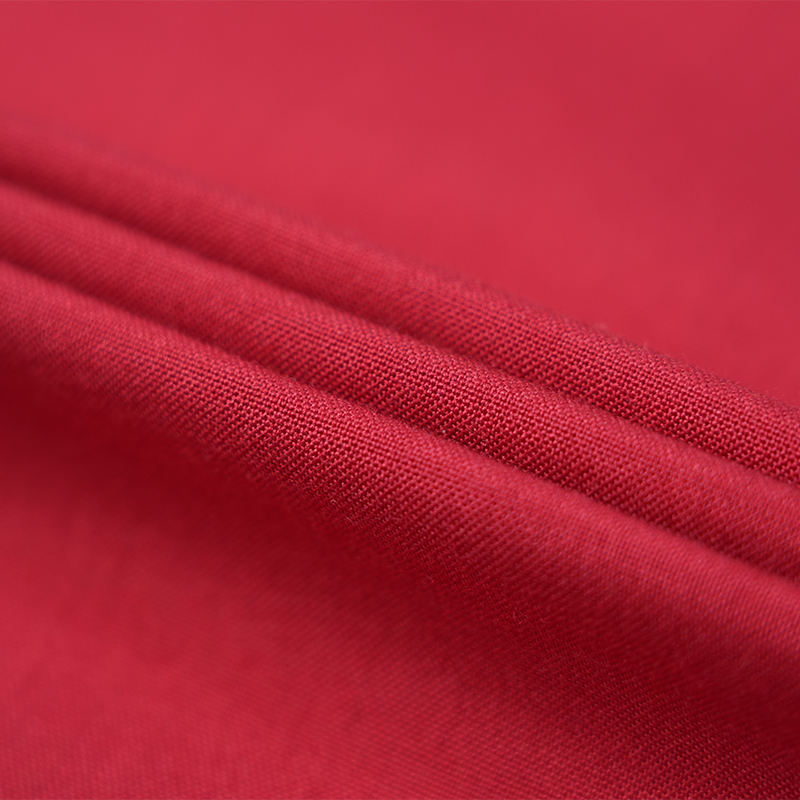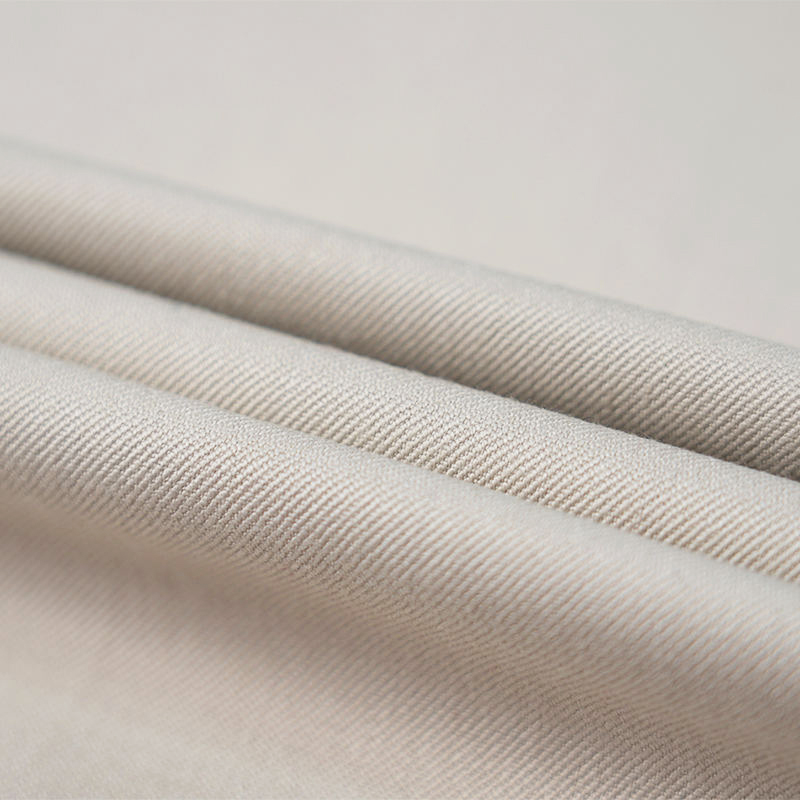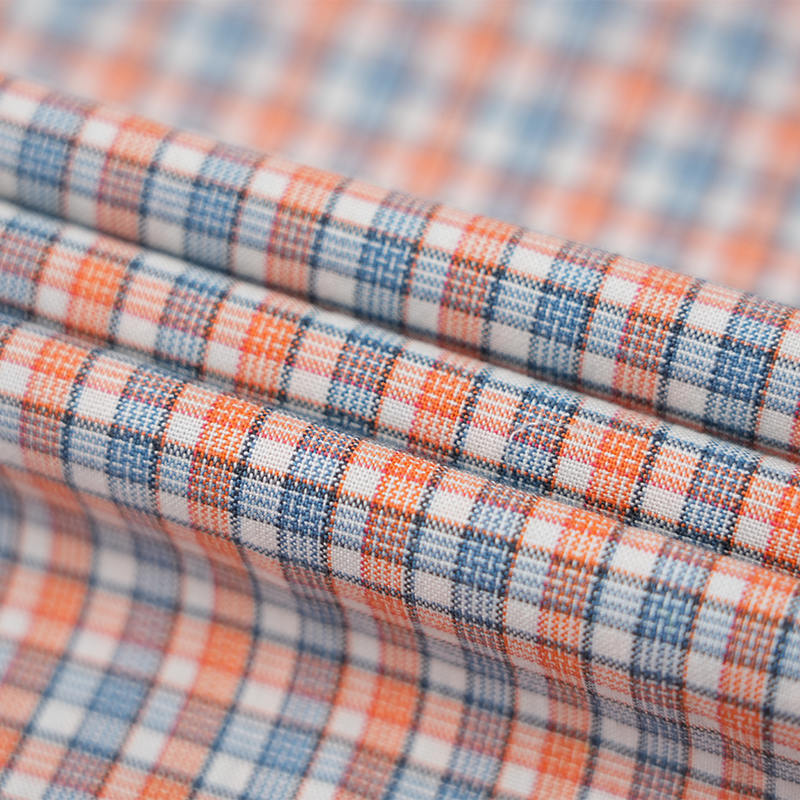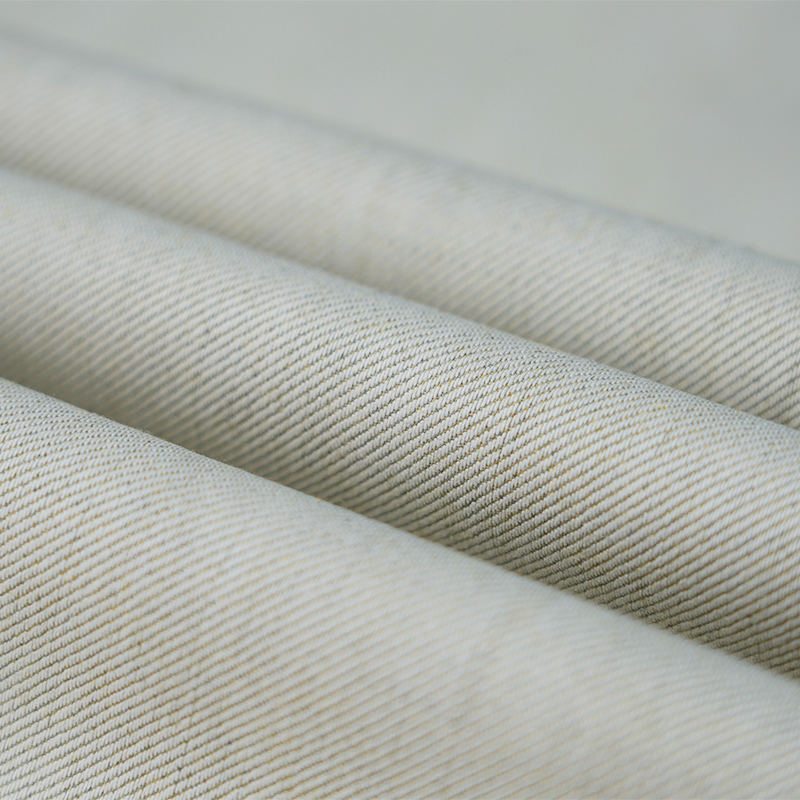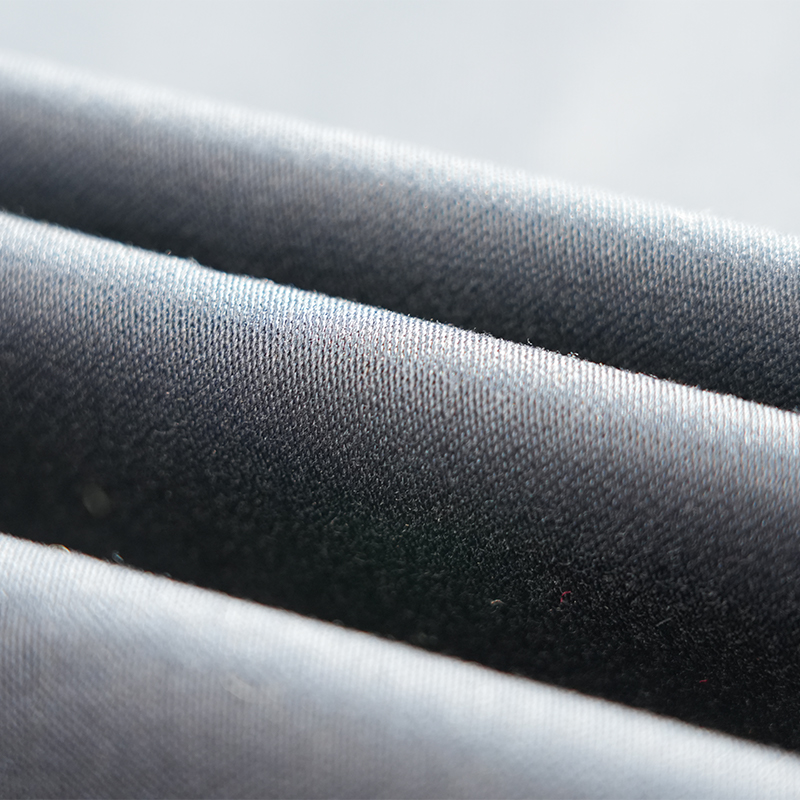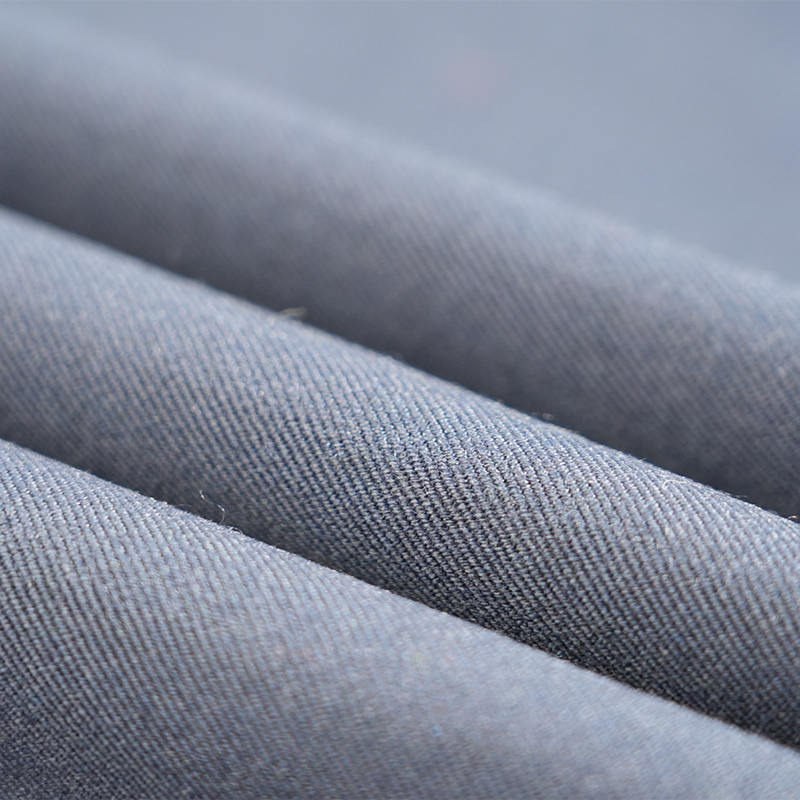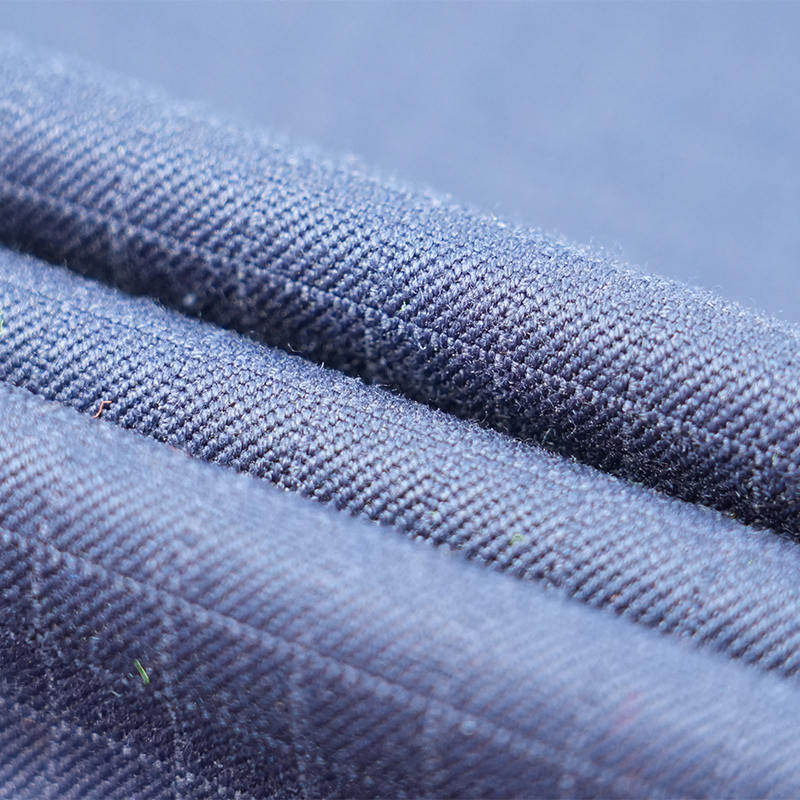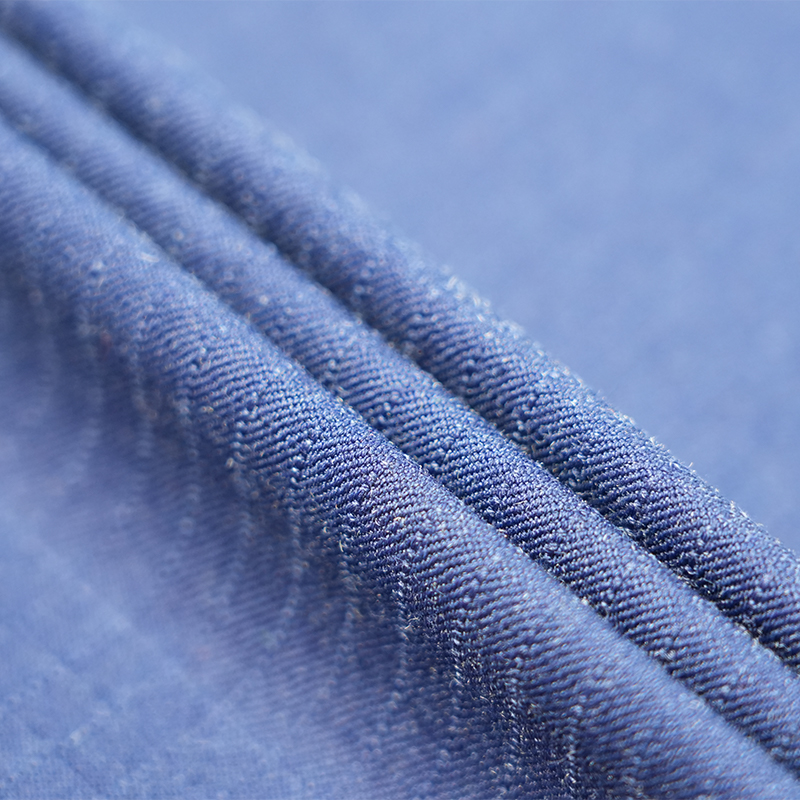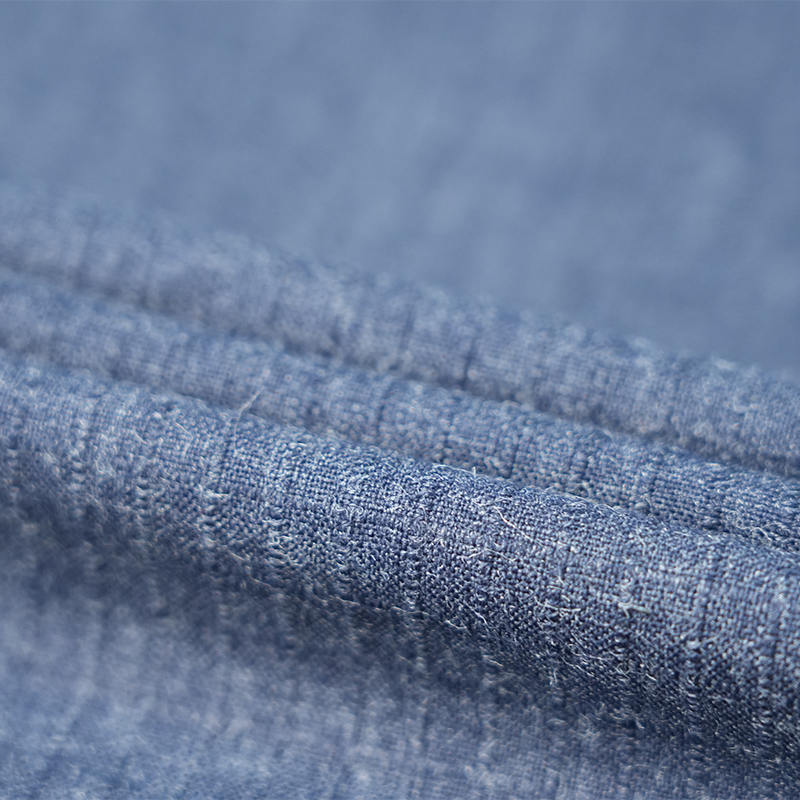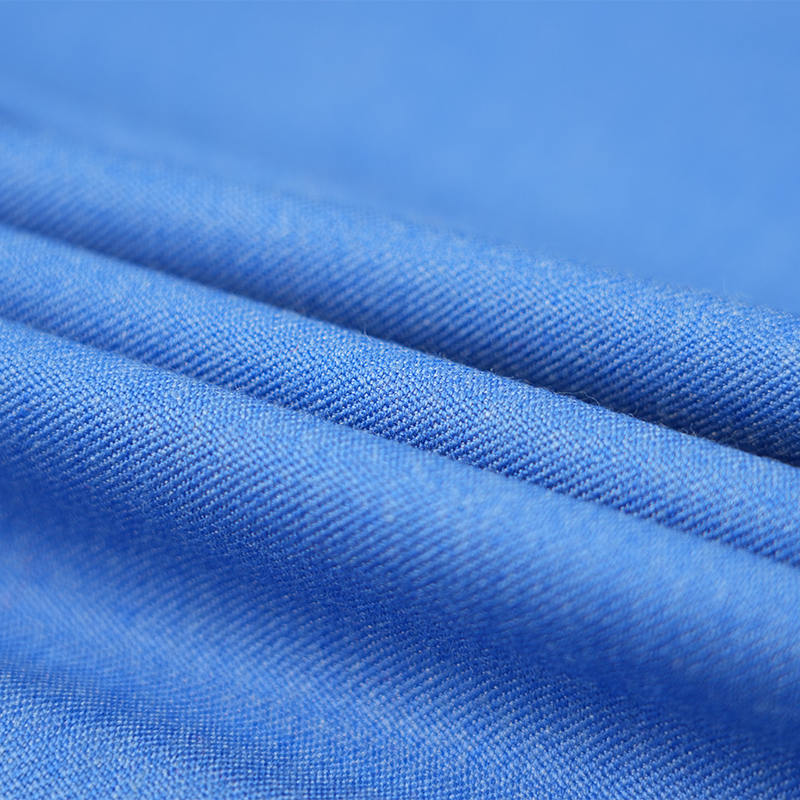High-visibility flame-retardant fabric is a functional material designed specifically for high-risk environments. Its primary function is to ensure personnel safety by enhancing visual identification and flame-retardant protection.
1. Function of High-Visibility Flame-Retardant Fabric
(1). Enhanced Visual Identification – Preventing Accidents
Active Warning: Utilizing fluorescent colors (such as orange-red and lemon-yellow) and reflective strips, it reflects strongly in dim light (at night, in tunnels) or complex environments (smoke, rain, and fog), making the wearer easily visible to others and equipment, reducing the risk of accidents such as collisions and runover.
Application Scenarios: Road construction, fire rescue, and nighttime inspections.
Teamwork Safety:
High-contrast colors and reflective design help team members quickly locate each other, which is especially crucial during emergency evacuations or multi-person operations.
(2). Flame Retardant Protection – Protecting Against Flame Damage
Flame Retardant and Insulated: When exposed to fire, the fabric self-extinguishes (stops combustion), does not drip (prevents secondary burns), and forms a carbonized layer to insulate against high temperatures, buying time for the wearer to escape.
Applications: Petrochemical, electric welding, and high-temperature metallurgical operations.
Preventing the Spread of Fire:
Flame-retardant properties can reduce the burning speed of clothing, preventing further injuries or larger fires caused by clothing ignition.
(3). Compliance with Regulations and Standards – a must for compliance
Compliance with both high-visibility standards (such as EN ISO 20471) and flame-retardant standards (such as EN ISO 11612 and NFPA 2112) is a mandatory protective requirement in many high-risk industries.
For example, chemical plant employee clothing must be flame-retardant certified and equipped with reflective markings in explosion-prone areas.
(4). Versatile Expansion – Adapting to Complex Needs
Anti-static: Prevents sparks from causing explosions (e.g., in gas stations and dusty environments).
Chemical Corrosion Resistance: Resists oil, acid, and alkali corrosion (e.g., in chemical and laboratory environments).
Breathable and Comfortable:
Blended fabrics (e.g., flame-retardant cotton + aramid) balance protection and comfort, making them suitable for extended work.

2. Key Application Scenarios
| Industry | Core Role |
| Fire and Rescue | Reflective strips are needed to locate teammates at fire scenes and provide flame retardant protection |
| Oil/Gas | Avoid static sparks and high visibility when working in explosion-proof areas |
| Electrical Maintenance | Prevent arc burns in high-voltage environments while facilitating detection by ground personnel when working on towers |
| Metallurgy/Casting | Blocking heat radiation near high-temperature furnaces, reflective strips aid monitoring personnel in observation |

 EN
EN 中文简体
中文简体 English
English русский
русский Español
Español Português
Português عربى
عربى


